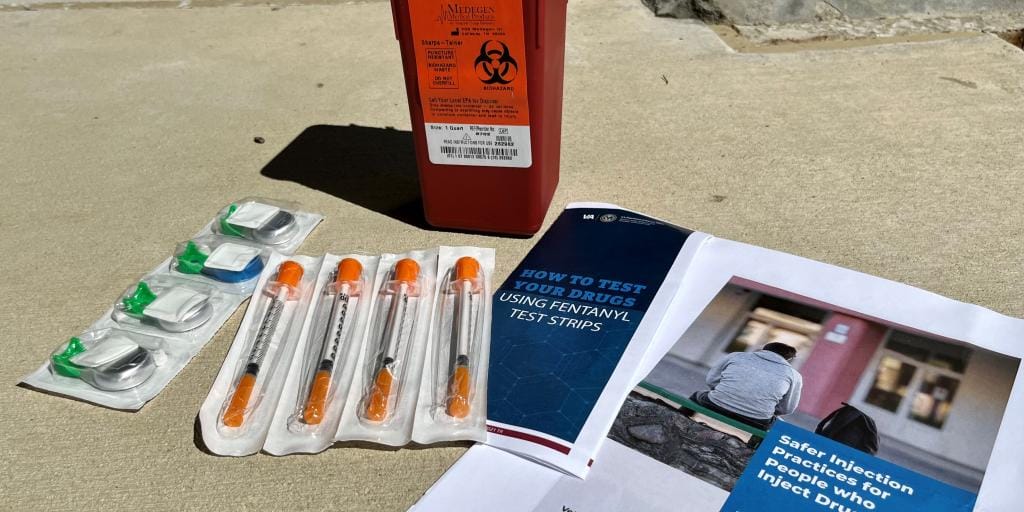7th May: International Harm Reduction Day

Even though I'm late posting this, 7th May is International Harm Reduction Day. This event is covered by organizations and charities across the world to promote harm reduction practices and provide awareness and education.
To mark this day, here's a post from Dominic Milton Trott. I am re-posting The 10 Commandments of Safer Drug Use, as extracted from The Drug Users Bible. You can find it at Daunt.Link or https://www.drugsbad.com/the-drug-users-bible/
I take no credit for this article; I just feel the need to share this information for those who do use.
Please remember to look after yourself, and keep an eye out for those around you. Stay safe.
THE 10 COMMANDMENTS OF SAFER DRUG USE
- Research, research, and research. Use the internet, consult books, ask those with experience, and take your time about it. There is no imperative to rush, but there is an imperative to get it right. Know as much as is reasonably possible about the chemical or botanical you intend to use well before you do so.
- Source carefully. How confident are you that the substance is exactly what you expect it to be? Is it likely to have been cut with something undesirable? Could it be something close to, but not exactly what you ordered? Could something have gone wrong during manufacture or transport? Does your source have any sort of reputation?
- Test it. Reagent testing can be used to identify many popular chemicals, and this isn’t rocket science to undertake. Test kits can be easily purchased online, and basic guides are abundant. See later in this book (Section 1.1.2) for a demonstration of use.
- Invest in, and use, some milligram (0.001g) scales. It should be obvious that dosing is a central issue, and that many chemicals are extremely dose-sensitive, including at low levels. Don’t scrimp on or bypass this matter under any circumstances.
- Properly and rationally consider the dose. Have regard for your circumstance, and all the information you have accumulated about the drug.
- Perform allergy tests. The risk here may appear to be small, but in some cases, the impact of a serious allergy could be fatal.
- Ask yourself if you are feeling okay. If you are unwell, sick, or in poor health, these conditions may be amplified during the experience or may have serious implications with respect to body load. If in any doubt, don’t proceed.
- Plan the experience, and its parameters, so that you don’t take rash decisions under the influence. Having taken whatever dose you have chosen, be patient, and don’t jump to the conclusion that it didn’t work, should onset not materialize. A common mistake is to double-dose, which can have dire consequences. Equally, unless you actually intend to redose at the outset, it is suggested that the rest of the material is placed out of immediate reach. If redosing is intended, perhaps place a maximum cap on this by having only a pre-determined total amount available to you.
- Have the contact details of help services to hand in case of urgent need. See Section 4 for some options. Write down what you are dosing and place the note in a prominent place on your person.
- Give your body plenty of time to recover and your mind due time to assimilate the experience. In other words, if you are a regular drug user, take a break between psychoactive sessions, and a long break between sessions using substances from the same class.
Finally, never skip any of the items in this list. Also, bear in mind that familiarity breeds complacency, which breeds tragedy.